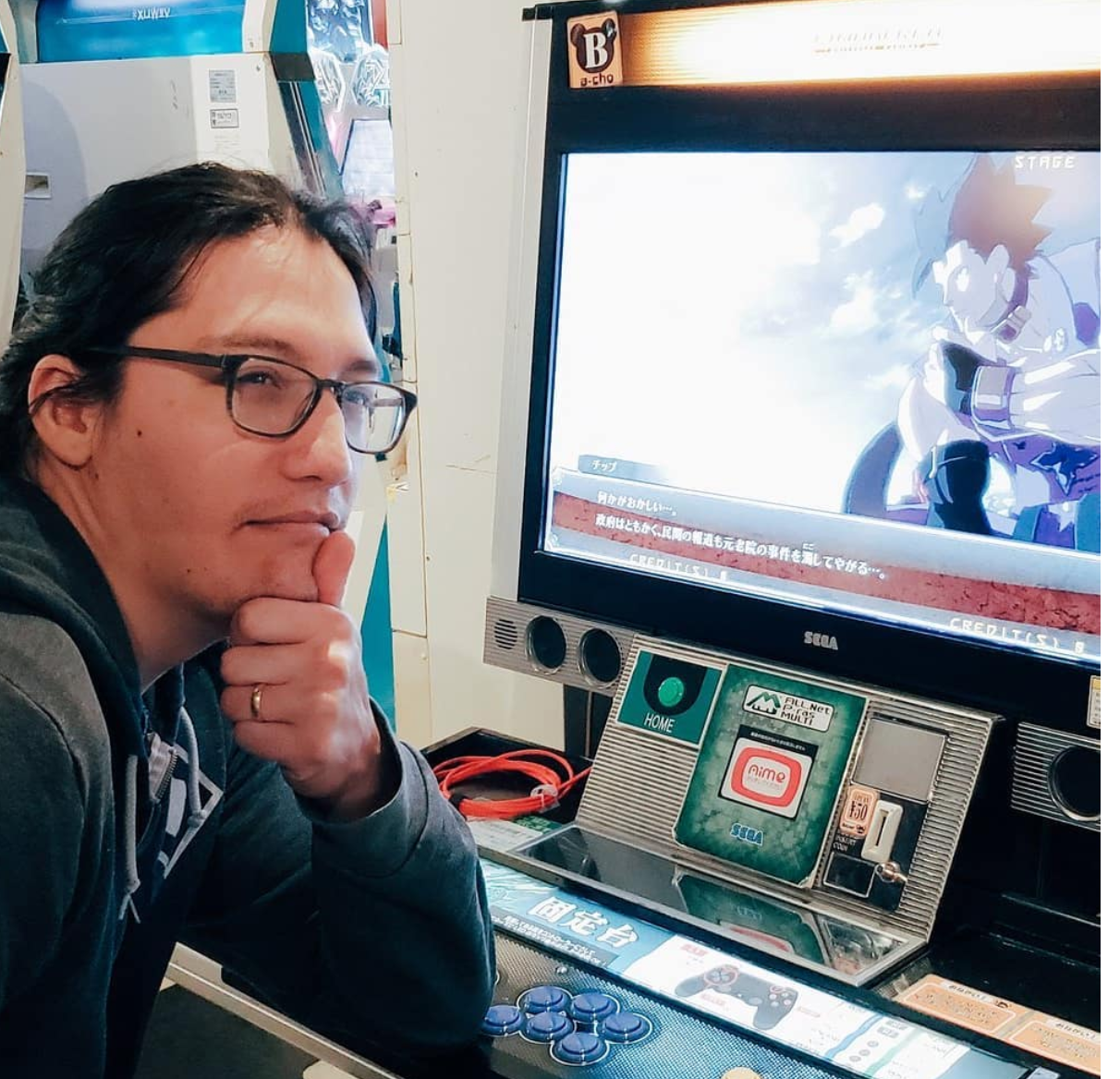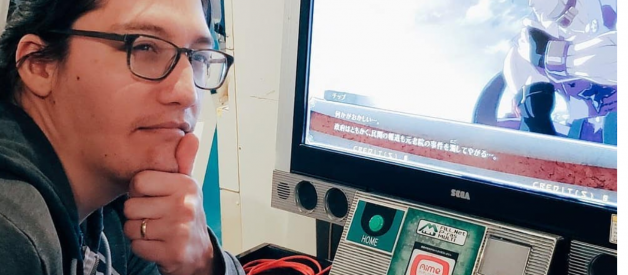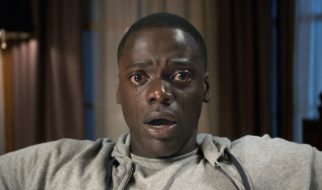[This essay was funded by my generous Patreon supporters. If you liked this and want to see more, please consider joining the crew!]

Everyone who plays fighting games invariably finds that their tastes and expectations are heavily shaped by the game that got them into playing seriously. Capcom vs. SNK 2 was that game for me, and since I get a lot of folks who got into fighting games after CvS2?s heyday asking me what the game is like and how to get into it, I figured I?d write about it.
I often describe CvS2 as the Grateful Dead of fighting games; if you were there for its peak, you?ll have fond memories every time you see it at an event, but if you weren?t, it just seems like a bunch of old people going on and on forever.
The first thing you need to understand about Capcom vs SNK 2 is that for a couple years it was the ?main event? of the NA FGC. It is not a Street Fighter game, but it was Street Fighter enough to be the most popular game. At the time, Third Strike was generally maligned as boring (in part because most matches started with two Chun-Li?s whiffing normals to build meter for 30 seconds) and it didn?t have any arcade-perfect home ports, ST was for old people with Fundamentals (fireballs), and Marvel vs. Capcom 2 was for everyone who was thinking about dropping out of school to play online poker full-time.
The second thing you need to understand about Capcom vs. SNK 2 is that the game is essentially a curated MUGEN distro that preserves the first decade of 2D fighting games into a single, cohesive, playable form. You got characters from Street Fighter and Fatal Fury and Darkstalkers and Last Blade, all playing with different systems like Parry and Dodge like they?re from each others? games. Kyosuke (from Rival Schools) has a (generally useless) S-Groove infinite. There is a lot of stuff in there ? over 40 characters, with six grooves essentially giving you different versions of each character ? and if you were playing in a smaller scene that didn?t really dig into high-level match videos or play the top tiers at a high level, you would be forgiven for having a generally positive outlook on competitive CvS2.
CvS2 has the best special intros.
So: If you?re reading this, you will probably have a good time playing CvS2 with a friend. Play a bunch of Random Select teams ? if you?re playing a console port, you can actually pick a random groove by hitting start during groove select at the Vs screen! It?s a great way to pick up and play with a whole bunch of fighting game characters and systems. If you?re new here, CvS2 is the best fighting game history lesson you?ll get, and if you?ve been around for a minute, you?ll have a fun time remembering how fighting games used to feel.
But make no mistake: Capcom vs. SNK 2 perfectly preserved the decade of fighting games at their harshest and most unforgiving. Things have gotten a lot easier since then, and CvS2 is happy to remind you of that at every opportunity. A contest between two skilled CvS2 players is a race to see who gets to have fun and who doesn?t, and it?s often only fun when the matches are close.
CvS2 taught me that execution is paramount. Combos in this game are fucking hard. Links all over the place, often 1F or 2F. Super cancel windows are very tight, with minimal buffer or input leniency. The kids these days like to dig into a new character in a fighting game by learning combos; in CvS2, they?ll find that combos are a nice-to-have, something to strive for and possibly never attain. These days, most CvS2 tournaments are populated by a bunch of old folks playing K-Groove and dropping all our combos, and the one person who still has their Sakura/Bison custom combos wins it all. Oh, and there?s a glitch that lets the C/A/N grooves make any special move invincible by quickly canceling a roll into that special move, so if you?re really good at doing it, you can have invincible fireballs, command grabs, hand slaps, etc. If you can?t do this stuff, you?ll usually lose to the folks who can.
CvS2 taught me that footsies are crucial. Growing up as a new player in the San Francisco Bay Area, I quickly learned that any character without best-in-class pokes was an indulgence to be kept for toying with weaker players. If I have a good button and you don?t, I should win by using that good button to keep you from doing literally anything you want to do. And so the game becomes a contest of good buttons, carefully spaced and timed, and the occasional jump-in or roll-canceled special or bold parry attempt are all just tools to try and circumvent the primacy of good buttons.
CvS2 taught me that tiers are cruel. You get up to four Ratio Points to spend on up to three characters, and for the vast majority of players pretty much any of those character slots are best spent on Cammy, Blanka, and Sagat. They?re not the only top tier, but at least half of the characters in the game are certifiably C or D tier with miserable matchups against anyone in S or A tier. I think Street Fighter 4 was the first game where I saw that people who wanted to play a character ?because they like that character? and not ?because they thought that character was the easiest path to victory? could actually sometimes win a game or two. CvS2 predates SF4?s design sensibilities by about eight years.
CvS2 taught me that matchups are harsh. When you?re playing a single-character fighting game, you might generally expect that any given character should at least have a fighting chance against another character. In a game with KOF-style teams, there is no such expectation. Sometimes your favorite character is going to get stomped because your opponent picked their worst matchup first, and you just wasted a point because they can punish your go-to bread-and-butter combo on hit. Life isn?t fair; pick your groove and order your team accordingly.
CvS2 taught me that strategy is vital. Picking and choosing when to be aggressive based on careful risk/reward analysis ? also known as ?turtling? ? is what differentiates strong CvS2 players from casuals. When you?ve got an R1 that?s close to dying, run down the clock to prevent your opponent from regaining health. If you can build meter safely on the other side of the screen, do it. A K-Groove super can?t hurt you if you wait out the rage timer. Life leads and round timers are what will force your opponent to run into your good button again and again.
CvS2 also has the best announcer.
Some tips and resources for new CvS2 players:
- All the grooves are fun and cool, and it?s neat to see how the same character can play very differently in each one.
- That said: C-Groove is the best if you can hit your combos and roll cancels, A/K are also very good, P is rad if you?re good at parrying, N is flexible and cool but not particularly good at any one thing, and S is a struggle but can be really annoying to play against.
- Also, Groove Edit is a fun way to mess around with the game some more and test out some wacky fighting game experiments.
- Team compositions that don?t have two ratio 1s and a ratio 2 generally aren?t worth it. A ratio 2 is about 20% stronger than a ratio 1 and costs twice as much. In CvS1 they let you pick four ratio 1s and it took even longer to get through a single dang match.
- Don?t play on the rainy roof stage. It looks cool but the rain is visually too noisy and it makes doing stuff like reacting to pokes real annoying.
- CvS2 is not an easy game to get going. Arcade is still the gold standard, but most tournaments these days are run on Dreamcast or PS2. Both console ports run a little faster than the arcade version, and because combos and roll cancels have little room for error you?ll often feel those changes pretty heavily. There was a PS2 Classics downloadable version released for PS3, but it has a bunch of input lag that makes it suck.
- If you don?t have a CRT and some DC/PS2 sticks handy, you?ll need converters. The Brook PS3/PS4 to PS2 converter is my go-to but it doesn?t work with certain sticks; I use this for outputting HDMI because it?s low-lag but can be finicky with certain TVs.
- No one really runs in-person tournaments for CvS2 EO, the Xbox + Gamecube version that has some balance changes and tweaks to it, but it?s the go-to for netplay because the Dolphin emulator is way better for that stuff than PS2/DC emulation. So if you want to try netplaying, Dolphin and CvS2 EO is the way to go. You can check out the list of EO changes here ? top tiers lost some damage, P-Groove can cancel special moves into supers (like 3s), and roll cancel is no longer in the game.
- Join the Discord and Facebook group if you want to find people to play with. You might also see a bunch of old people talking shit and challenging each other to ridiculous money matches. (This is because pretty much every CvS2 tournament in NA is a contest to see who earns the right to lose to D44 BAS, AKA Ryo Yoshida, who has been one of Japan?s best players since the game came out in 2001 and still travels to NA tournaments to remind us we?re free. So instead of the tournament scene generating hype, it?s coming from old people with something to prove in a game that?s as old as our kids.)
- CvS2 has a metric truckload of systems and stuff in there, so if you want to dive in deep you?ll need some reference. James Chen has a great general FAQ that goes over all the game?s core systems, and Buktooth has a lot of the detailed niche stuff documented in his Systems FAQ. You can also pore through the CvS2 Bible if you don?t mind reading Japanese, and the SRK Wiki still has a bunch of handy reference data, though it can be spotty.
Let me close out this one by being clear: CvS2 is a beautiful game, and playing it is a fun way to learn something about the old ways. One of the great things about being part of the fighting game community is that we have history, and you can play that history yourself. But make no mistake: CvS2 hits harsh.
2020 is the year we make contact. Welcome to the revolution.
?
Thanks for reading!
????
-patrick miller
follow on twitter / support on patreon / watch on twitch


